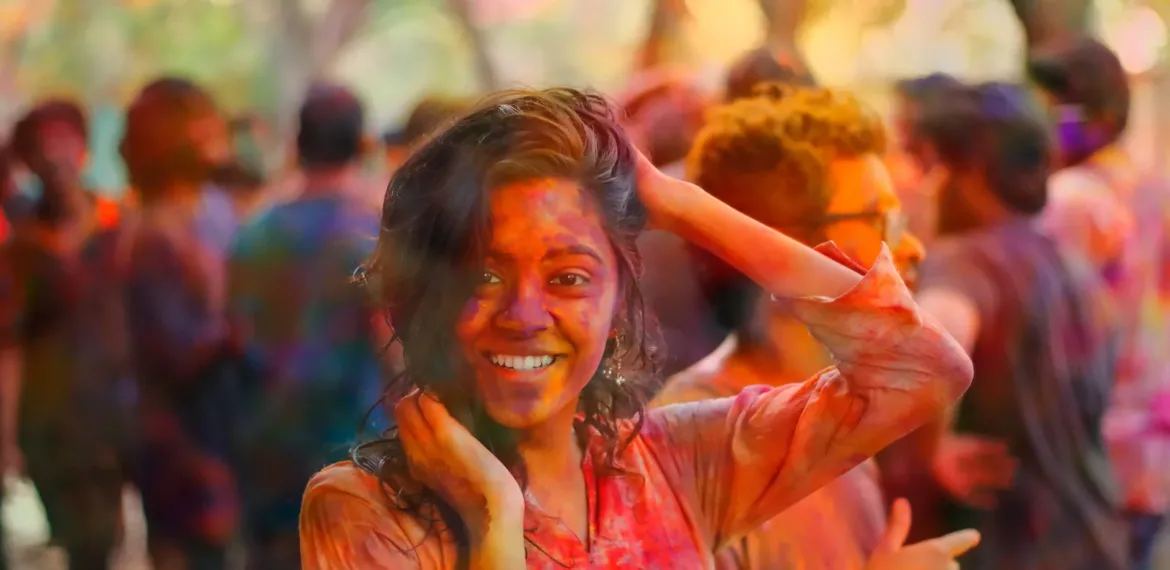“Discover Bhutan’s rich cultural heritage through its traditions, customs, language, and etiquette for a truly immersive travel experience.”
ROAMOPEDIA
Bhutan's Culture
Exploring Bhutanese Culture: Traditions, Customs, Language, and Etiquette

Related
All related contents.
Related Posts
Step back in time and witness the beauty of Bhutanese heritage at Simply Bhutan in Thimphu.
Explore the stunning beauty of Punakha Dzong, a true architectural gem in Bhutan.
Experience the breathtaking beauty of Bhutan at Chele La Pass and Haa Valley.
Trongsa Dzong: Unveiling the Majesty of Bhutan’s Rich Cultural Heritage.

Uncovering the Mysteries of Bhutan’s Ancient Kingdoms
Experience peace and serenity at Buddha Dordenma in Thimphu, Bhutan.
Tashichho Dzong: The regal heart of Bhutan.
Discover serenity and spirituality in Bhutan’s Phobjikha Valley, home to Gangtey Monastery and the majestic black-necked cranes.
Taktsang Monastery: Where spirituality meets adventure.
A divine experience at Chimi Lhakhang, nestled in the picturesque Punakha Valley of Bhutan.
Discover the spiritual heritage of Bhutan at Kurjey Lhakhang in Bumthang.
Discover Bhutan’s rich history and breathtaking scenery at Paro’s Drukgyel Dzong.
Discover the holy grounds of Kyichu Lhakhang in Paro, Bhutan – a testament to ancient beliefs and traditions.
Discover the spiritual beauty of Bhutan at Thimphu’s Memorial Chorten.
Step into a world of sacred treasures at Paro’s Rinpung Dzong.
Step back in time at Jambay Lhakhang – a sacred treasure of Bhutan’s rich history.
Related
Related contents and articles.
Related Posts
- Print
- Share
- +-Font Size